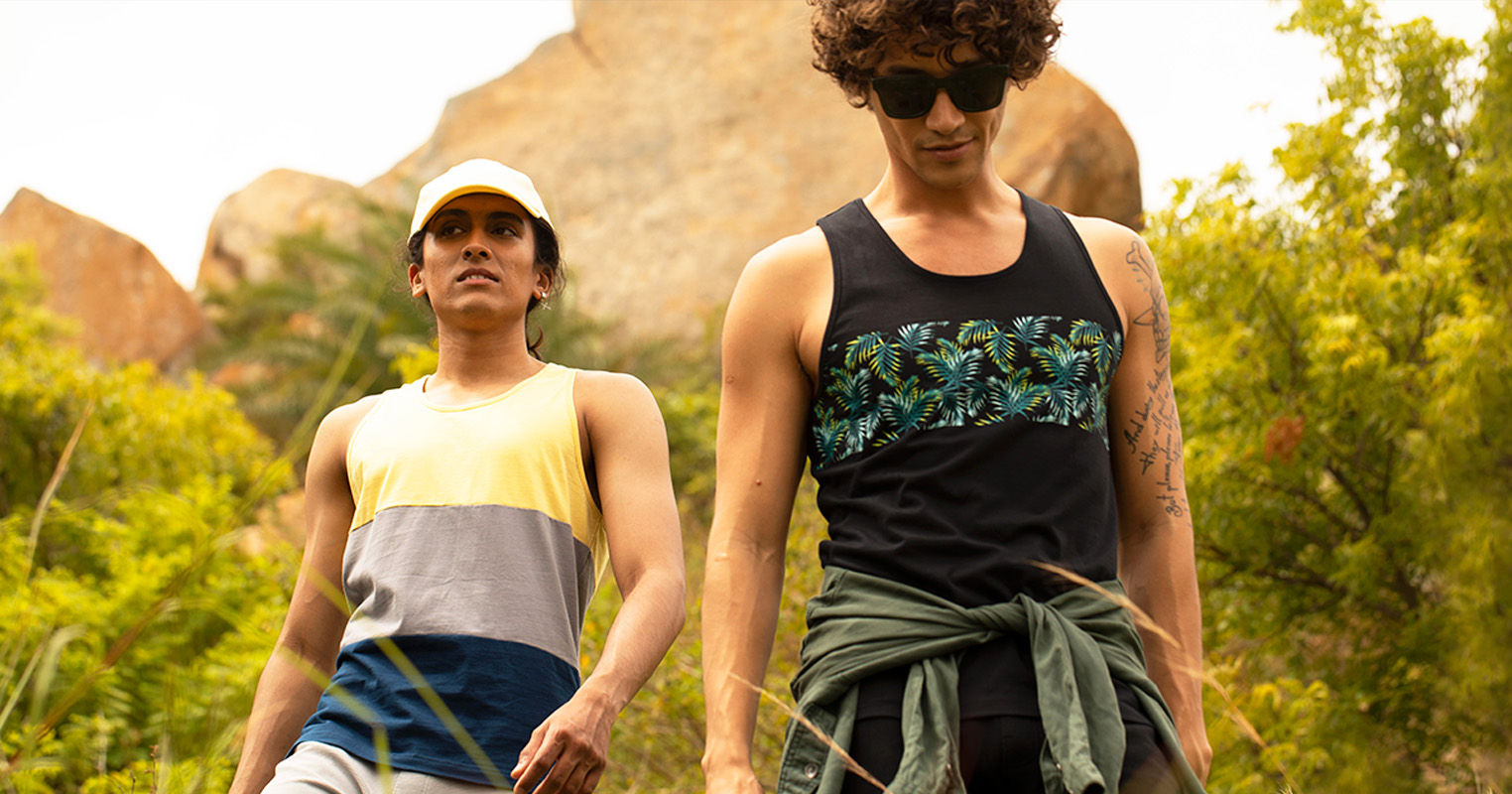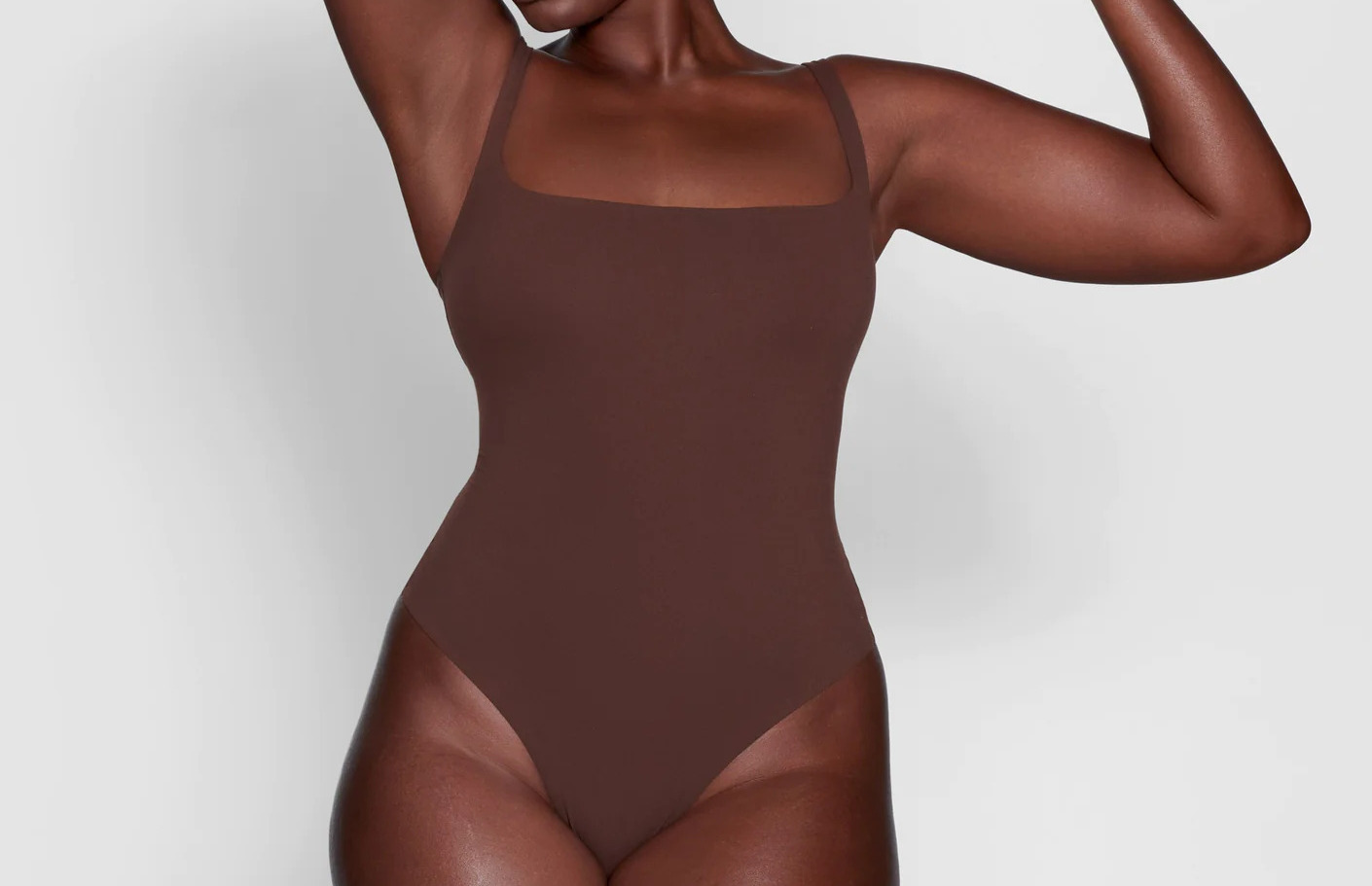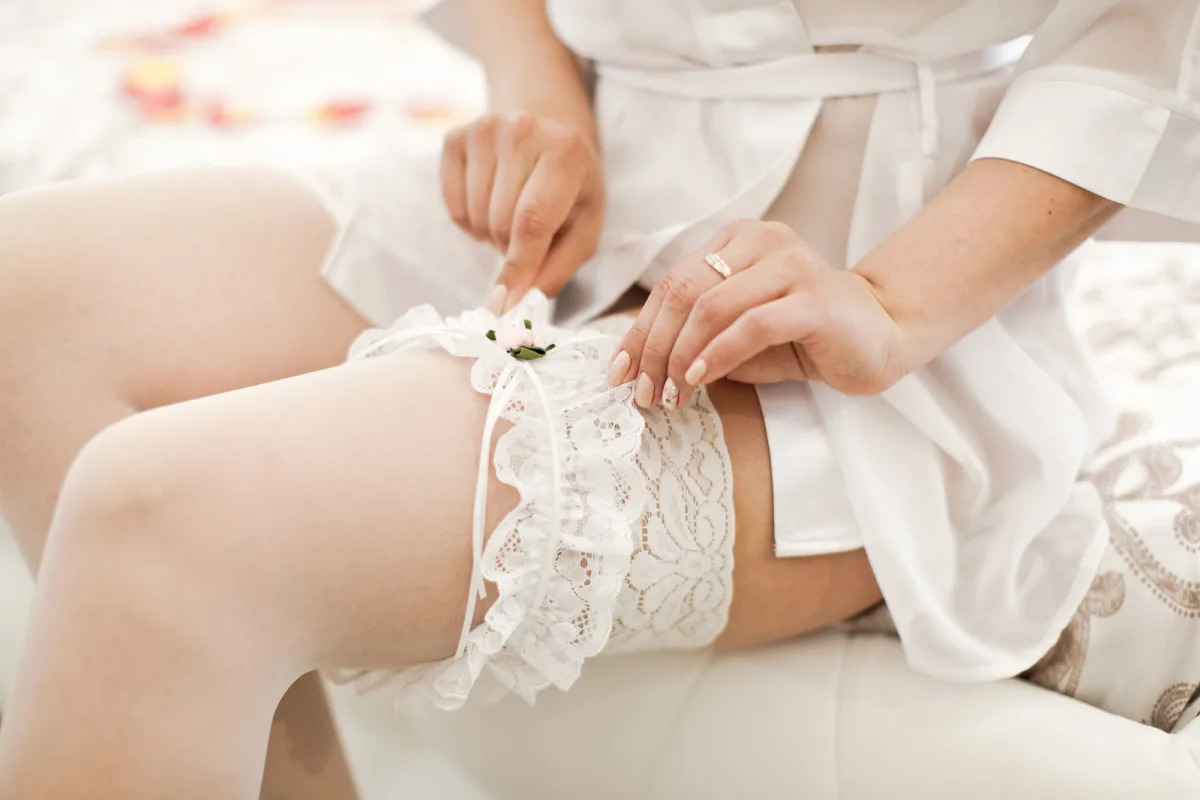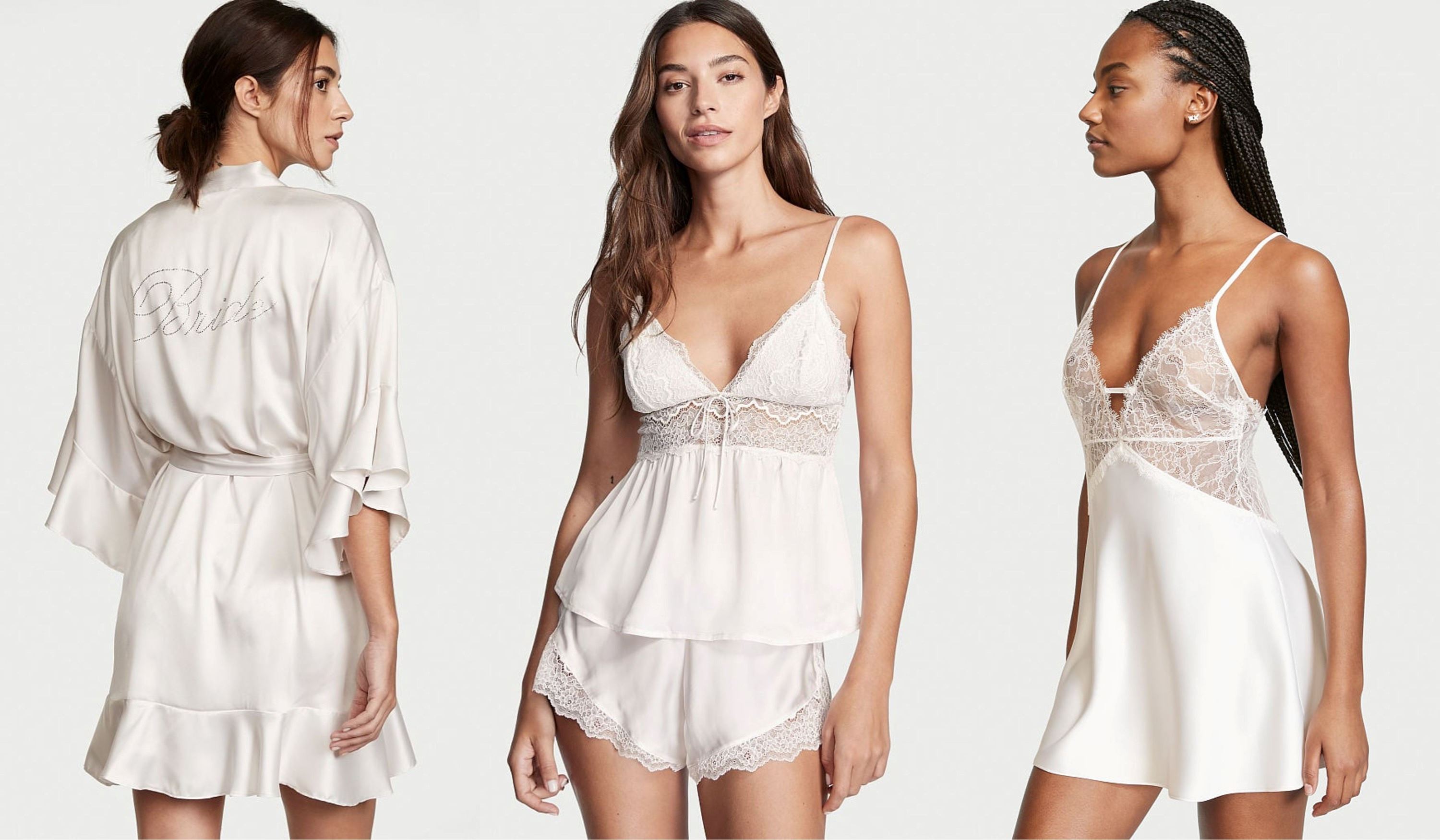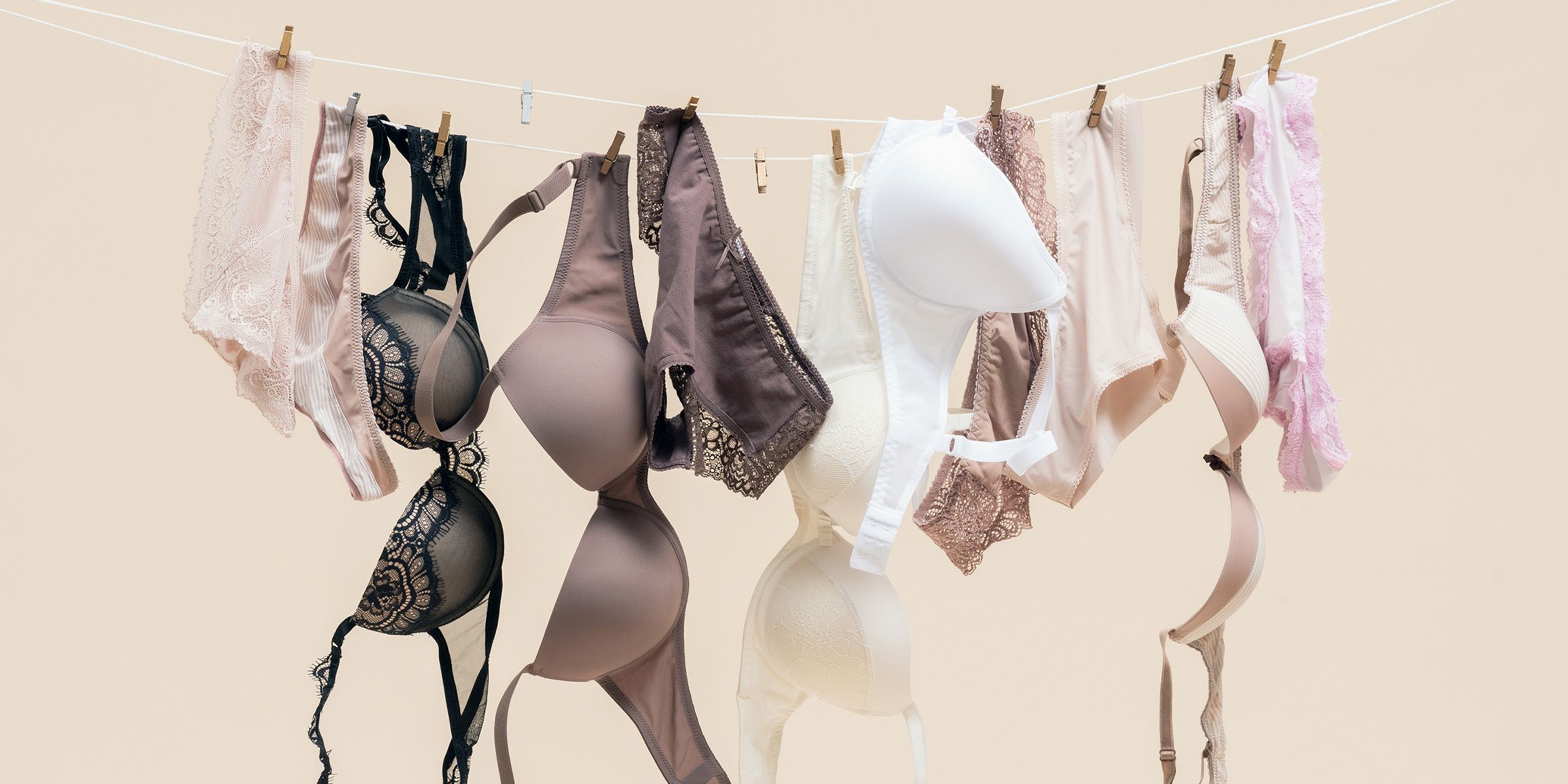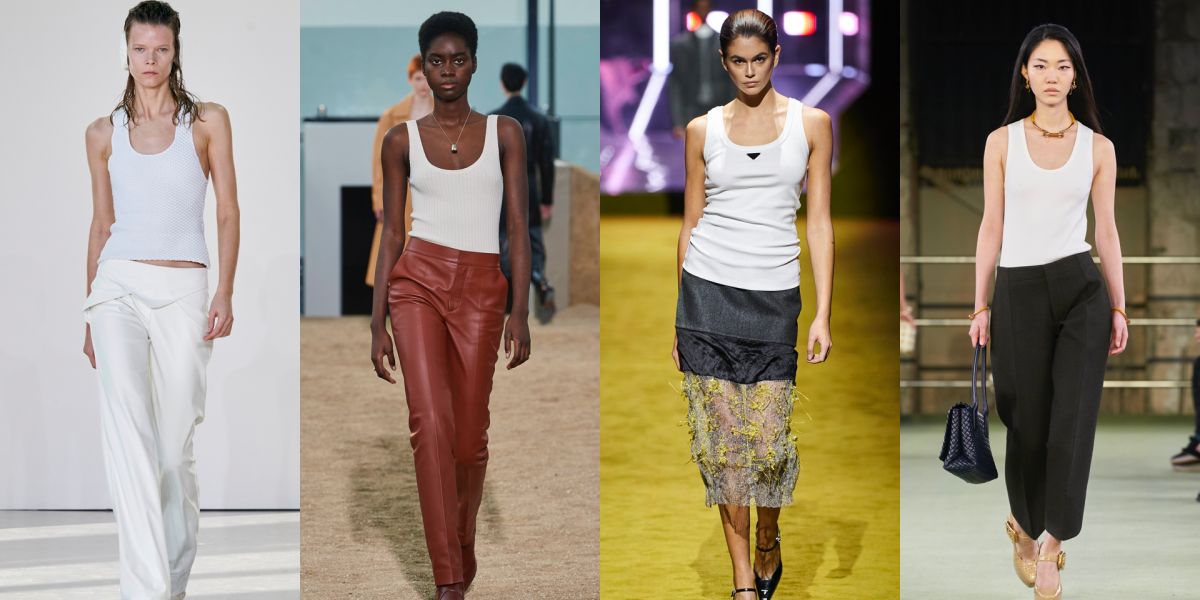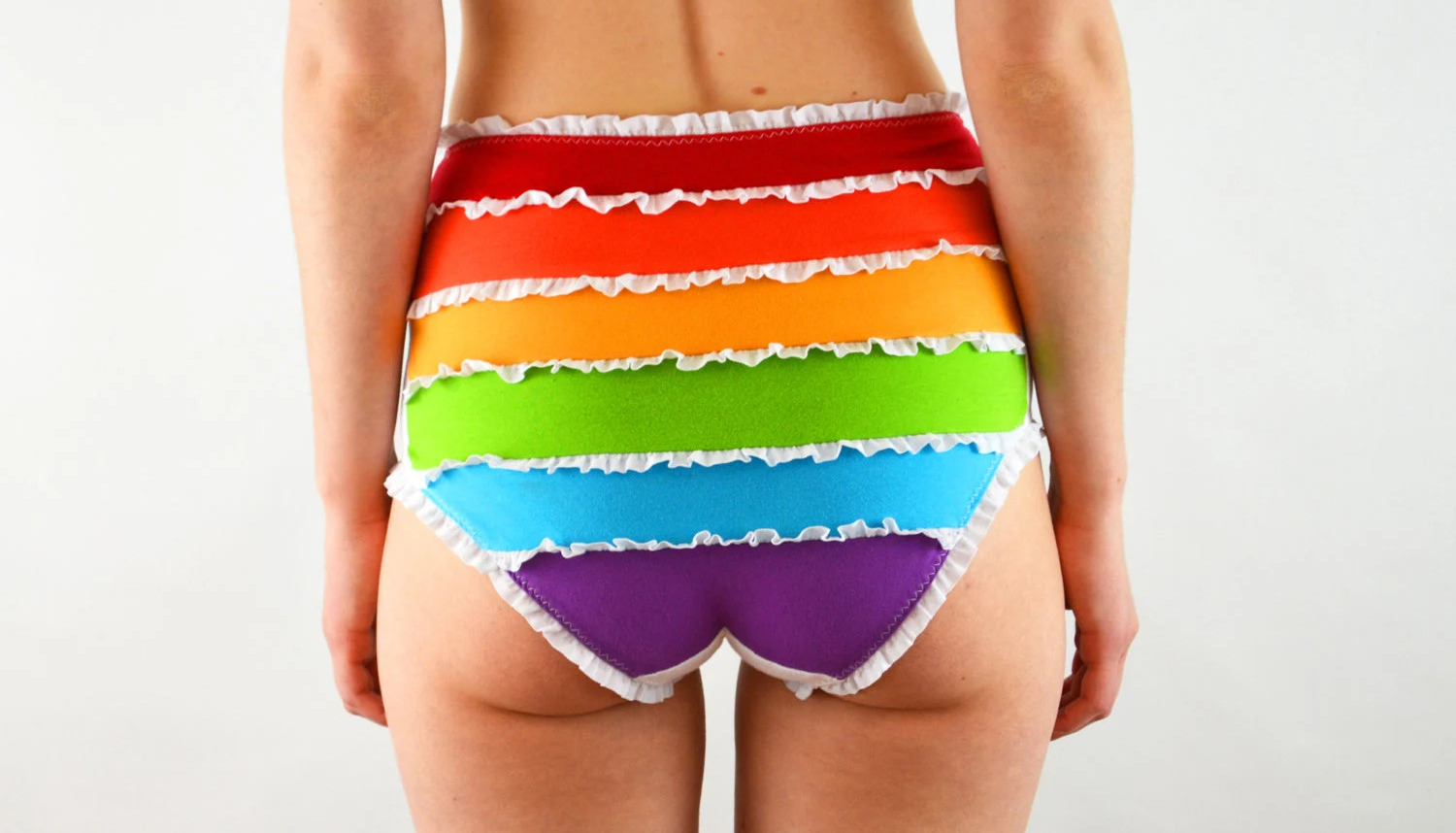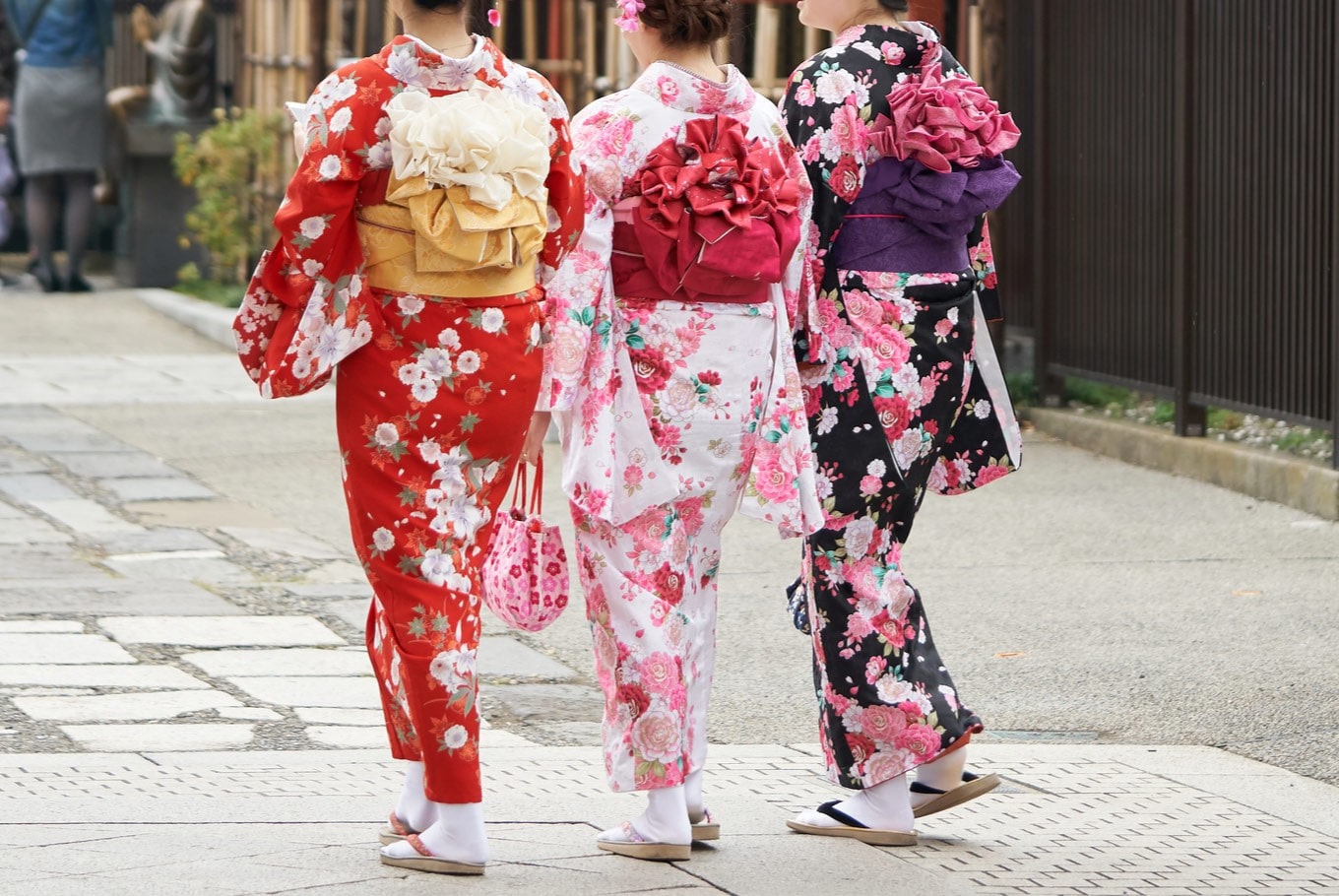

FAQs
What Do You Wear Under A Kimono
Modified: August 25, 2023
Get answers to general questions like what to wear under a kimono. Discover the best tips and options for completing your kimono outfit.
(Many of the links in this article redirect to a specific reviewed product. Your purchase of these products through affiliate links helps to generate commission for Under-tec.com, at no extra cost. Learn more)
Table of Contents
Introduction
A kimono is a traditional Japanese garment that is known for its elegance and beauty. Worn by both men and women, it is often associated with special occasions, festivals, and formal events. However, one question that often arises is what to wear underneath a kimono. The answer depends on personal preferences, cultural norms, and the type of kimono being worn.
Traditionally, kimono are worn with several layers of undergarments to create a polished and refined look. These undergarments not only provide coverage but also enhance the overall appearance of the kimono. In recent years, however, there has been a shift towards more contemporary options that offer comfort and convenience without compromising on style.
In this article, we will explore the traditional undergarments worn under a kimono, as well as contemporary options that are popular today. Whether you are attending a traditional Japanese event or simply want to embrace the beauty of a kimono in your everyday style, understanding what to wear underneath can help you achieve the desired look and feel confident.
Traditional Undergarments
When it comes to wearing a kimono in a traditional manner, several layers of undergarments are typically worn for various purposes, including modesty, added shape, and to protect the kimono from body oils and sweat.
1. Juban: The juban is a crucial undergarment that is worn directly against the skin. It is a lightweight, full-length robe with long sleeves and a collar that is visible at the neckline of the kimono. The juban serves as a base layer to protect the kimono from direct contact with the body and helps to absorb sweat.
2. Nagajuban: The nagajuban is a type of juban that is specifically worn under a formal kimono. It is usually made of silk and has a more elaborate design than ordinary juban. The nagajuban acts as a buffer layer, adding body and shape to the kimono and preventing it from clinging to the body.
3. Hadajuban: The hadajuban is a lightweight, breathable kimono slip that is worn between the juban and the outer kimono. It helps to protect the inner layers from perspiration and adds an extra layer of modesty. The hadajuban is typically made of cotton and is available in various lengths to accommodate different types of kimono.
4. Han-eri: The han-eri is a detachable collar that is worn over the collar of the juban. It not only adds a decorative element to the kimono but also protects the kimono from dirt and body oils. The han-eri can be made of silk or polyester, depending on the occasion and the formality of the kimono.
5. Obi-ita: The obi-ita is a stiff board that is inserted under the obi (the wide belt that secures the kimono). It helps to keep the obi in place and prevents it from sagging or wrinkling. The obi-ita is typically made of plastic or bamboo and is available in various sizes to accommodate different waist sizes.
These traditional undergarments not only serve practical purposes but also contribute to the overall aesthetic of the kimono ensemble. They help to create a smooth, polished silhouette and maintain the integrity of the kimono fabric. While wearing all these layers can be time-consuming and require some practice, it is an essential part of embracing the art and tradition of wearing a kimono in its intended fashion.
Juban
The juban is an important component of traditional Japanese attire, especially when it comes to wearing a kimono. Also known as a nagajuban, it is a lightweight, full-length robe that is worn underneath the kimono. The juban serves multiple purposes and is an essential part of achieving a polished and put-together look.
The juban is worn directly against the skin and acts as a base layer between the body and the outer kimono. Made from breathable materials such as cotton or silk, it helps to absorb perspiration and protect the delicate kimono fabric from coming into direct contact with the body’s oils. This helps to preserve the kimono and ensure that it remains in good condition for longer periods.
Another important function of the juban is to provide modesty. The kimono is designed to be loose and flowing, and without the juban, the garment may reveal more skin than desired. The juban with its long sleeves and high collar provides coverage and prevents any accidental exposure. This is particularly important when attending formal and ceremonial events.
In addition to its practical functions, the juban also adds an extra layer of elegance to the overall kimono ensemble. The collar of the juban, known as the eri, is often visible at the neckline of the kimono. This visible collar can be a contrasting color to the kimono or decorated with intricate patterns or embroidery. The eri adds depth and visual interest to the kimono, enhancing its overall aesthetic appeal.
Depending on the occasion and personal preference, there are different styles and lengths of juban available. For formal events, a nagajuban made of silk is often chosen, while a casual juban for everyday wear can be made of cotton or synthetic materials. The length of the juban can vary from ankle-length to knee-length, depending on the length of the outer kimono and personal comfort.
Putting on the juban properly requires some practice and technique. The sleeves of the juban should be tucked neatly under the kimono sleeves, and the collar should be adjusted to show the desired amount. The juban should be tied securely around the waist to ensure that it stays in place and doesn’t bunch or wrinkle under the kimono.
Overall, the juban is an integral part of traditional Japanese fashion and plays a significant role in creating a refined and sophisticated kimono look. From its practical benefits of protecting the kimono and providing modesty to its visual contribution to the overall ensemble, the juban is a crucial undergarment that should not be overlooked when donning a kimono.
Nagajuban
The nagajuban is a type of juban that is specifically worn under a formal kimono. It is often made of silk and has a more elaborate design than a regular juban. The nagajuban serves several purposes and is an integral part of achieving a polished and elegant kimono ensemble.
One of the main functions of the nagajuban is to add body and shape to the kimono. Traditional kimono are typically made from lightweight fabrics that drape loosely on the body. The nagajuban, with its additional layers and padding, helps to create a more structured silhouette. It provides a foundation for the kimono to fall gracefully, creating a stunning visual effect.
In addition to adding shape, the nagajuban also acts as a buffer layer between the body and the outer kimono. It prevents the outer layer from clinging to the body and helps to maintain an appropriate distance between the two garments. This not only enhances comfort but also allows the kimono to move freely and flowing without any restrictions.
The nagajuban also serves a practical purpose of protecting the outer kimono from sweat and body oils. As it is worn directly against the skin, it acts as a barrier to prevent these substances from coming into direct contact with the kimono fabric. This helps to preserve the outer kimono and prolong its lifespan.
When it comes to the design of the nagajuban, there are various options available. It can feature intricate patterns, embroidery, or decorative motifs that add a touch of elegance and sophistication. The collar of the nagajuban, known as the eri, is often visible at the neckline of the kimono. It can be adorned with delicate lace or a contrasting color to complement the overall kimono ensemble.
Putting on a nagajuban requires some practice and attention to detail. The sleeves of the nagajuban should be neatly tucked under the kimono’s sleeves, and the collar should be adjusted to show the desired amount. The nagajuban should be tied securely around the waist to ensure that it stays in place and provides the desired shape and support to the kimono.
Overall, the nagajuban plays a significant role in creating a refined and formal kimono look. It adds shape, provides comfort and protection, and enhances the overall aesthetic of the kimono ensemble. Whether worn for special occasions or as a personal fashion choice, the nagajuban is an essential undergarment that contributes to the beauty and grace of wearing a kimono.
Hadajuban
The hadajuban is a crucial undergarment worn underneath a kimono. It is a lightweight and breathable kimono slip that is typically made of cotton fabric. The hadajuban serves multiple purposes and is an essential part of achieving a comfortable and modest kimono ensemble.
One of the primary functions of the hadajuban is to protect the inner layers of the kimono from perspiration. As the kimono is worn directly against the body, the hadajuban acts as a barrier to absorb sweat and prevent it from seeping into the delicate kimono fabric. This helps to keep the kimono clean and maintains its longevity.
In addition to its sweat-absorbing properties, the hadajuban also provides an extra layer of modesty. The kimono is designed to be loose-fitting, and without the hadajuban, there is a risk of accidental exposure. The hadajuban ensures that the kimono remains modest and covers the body appropriately, especially during movements or bending.
The hadajuban is available in various lengths to accommodate different types of kimono. For long kimono, a full-length hadajuban that extends to the ankles is preferred, as it provides coverage and prevents the kimono from clinging to the legs. For shorter kimono, a shorter length hadajuban that reaches the knees may be more suitable.
Unlike other layers of undergarments, the hadajuban is not usually visible from the outside. However, its importance should not be underestimated, as it contributes to the overall comfort and practicality of wearing a kimono. The lightweight and breathable nature of the hadajuban ensures that the wearer stays cool and comfortable throughout the day or event.
Putting on the hadajuban is a relatively straightforward process. It is worn underneath the juban and acts as a foundation for the kimono. The sleeves of the hadajuban should be tucked neatly under the kimono sleeves, and the collar should be adjusted to ensure a seamless and polished appearance.
Overall, the hadajuban is a vital component of a traditional kimono ensemble. It provides sweat-absorbing properties, maintains modesty, and enhances overall comfort. Whether worn for formal ceremonies or casual occasions, the hadajuban plays a significant role in ensuring a comfortable and elegant kimono experience.
Han-eri
The han-eri is a detachable collar that is worn over the collar of the juban, an undergarment for the kimono. It serves both practical and aesthetic purposes, adding a touch of elegance and sophistication to the overall kimono ensemble.
One of the main functions of the han-eri is to protect the collar of the kimono from dirt, body oils, and makeup. As the collar of the kimono is often visible, it is susceptible to stains and discoloration. By wearing a han-eri, these substances are prevented from coming into direct contact with the kimono fabric, prolonging its lifespan and maintaining its pristine appearance.
The han-eri also adds a decorative element to the kimono. It can be made from various materials such as silk or polyester, depending on the occasion and the formality of the kimono. The han-eri can feature intricate embroidery, delicate lace, or even contrasting colors to create visual interest and enhance the overall aesthetic appeal of the kimono ensemble.
Another advantage of the han-eri is that it allows for customization and versatility. As it is detachable, different han-eri can be worn with the same kimono, providing the option to change the look and style of the ensemble. This is especially useful when attending multiple events or occasions and wanting to showcase different han-eri designs.
Wearing the han-eri is a straightforward process. It is placed over the collar of the juban, and the ends of the han-eri are carefully tucked under the collar of the kimono. Adjustments can be made to ensure that the han-eri is positioned correctly and that the desired amount is visible at the neckline of the kimono.
While traditionally worn for formal and ceremonial events, the han-eri can also be incorporated into casual kimono outfits for a unique and personalized touch. It adds a level of sophistication and elegance, elevating the overall look and making a statement.
Overall, the han-eri is a versatile and beautiful accessory that adds both practicality and aesthetic appeal to the kimono ensemble. Whether chosen for its protective properties or its decorative nature, the han-eri is an essential component that completes the look and enhances the overall charm of wearing a kimono.
Obi-ita
The obi-ita is a small rectangular board that is inserted under the obi, the wide belt that secures the kimono. It plays a critical role in maintaining the shape and structure of the obi, creating a polished and aesthetically pleasing look.
One of the primary functions of the obi-ita is to keep the obi in place and prevent it from sagging or wrinkling. The obi is typically made of a stiff fabric and can be challenging to tie securely without proper support. The obi-ita provides stability and helps to distribute the tension evenly, ensuring that the obi stays in position throughout the day or event.
The obi-ita is typically made of plastic or bamboo, which are lightweight yet sturdy materials. It is available in various sizes to accommodate different waist sizes and obi widths. The obi-ita can be wider or narrower depending on personal preference and the desired effect of the obi.
To wear the obi-ita, it is placed horizontally across the waist, underneath the obi. The obi is then wrapped tightly around the waist, securing the obi-ita in place. The obi-ita should be positioned comfortably and securely to ensure that it provides the desired support and shape to the obi.
In addition to its practical function, the obi-ita can also contribute to the aesthetic appeal of the kimono ensemble. It can be covered with fabric or decorative material that matches or complements the obi or the kimono itself. This adds a stylish touch and creates a harmonious look between the different components of the outfit.
The obi-ita is often used when wearing a formal or ceremonial kimono, where the obi is more elaborate and wide. It helps to maintain the intricate obi knot, preventing it from unraveling or losing its shape. However, it can also be used when wearing a casual kimono, especially if the obi tends to slip or become loose.
Overall, the obi-ita is a practical and essential accessory in the art of wearing a kimono. Its role in providing support, maintaining shape, and adding a decorative touch to the obi cannot be underestimated. Whether worn for formal occasions or as a fashion statement, the obi-ita contributes to the overall elegance and beauty of the kimono ensemble.
Contemporary Options
While traditional undergarments are still widely worn when donning a kimono, there are also contemporary options available that provide comfort and convenience without compromising on style. These modern alternatives offer flexibility and accessibility for those who want to embrace the beauty of a kimono in their everyday life.
1. Shapewear: Shapewear, such as seamless bodysuits or slimming slips, can be worn underneath a kimono to create a smooth and streamlined silhouette. These undergarments help to shape and contour the body, providing a flattering and polished look. They are particularly useful for those who prefer a more fitted and modern style of wearing a kimono.
2. Slip: A simple slip can be a practical choice for those who want to wear a kimono casually or in a more relaxed setting. The slip provides a layer of coverage and helps to prevent the kimono from sticking to the body. It is lightweight, comfortable, and easy to wear, making it a convenient option for everyday use.
3. Bra and Underwear: Wearing a well-fitted bra and comfortable underwear is essential when wearing a kimono, regardless of the style or occasion. These undergarments provide support and ensure a proper fit of the kimono, enhancing both comfort and confidence.
4. Leggings or Tights: Depending on personal preference and the weather, leggings or tights can be worn underneath a kimono to provide additional coverage and warmth. Opt for neutral colors or patterns that complement the kimono and create a cohesive look.
It is important to note that while these contemporary options offer convenience, they should still maintain the overall aesthetic of the kimono ensemble. They should be discreet and not detract from the beauty and elegance of the kimono itself.
When choosing contemporary undergarments, it is also recommended to consider the fabric and design of the kimono. Opt for underwear and shapewear with smooth and seamless construction to prevent visible lines or bulges. Additionally, choose undergarments that are breathable and comfortable to wear throughout the day or event.
By combining traditional undergarments with contemporary options, individuals can strike a balance between cultural authenticity and modern comfort. Whether for formal occasions or daily wear, these alternatives allow for a more accessible and versatile approach to wearing a kimono.
Ultimately, the choice of undergarments when wearing a kimono is a personal one. It is essential to feel comfortable and confident in what you wear, respecting the tradition while adapting to modern preferences and lifestyle.
Shapewear
Shapewear can be a valuable contemporary undergarment option when wearing a kimono. It offers the benefit of creating a polished and streamlined silhouette, enhancing the overall look and confidence of the wearer.
When choosing shapewear to wear under a kimono, opt for seamless bodysuits or slimming slips that provide a smooth and sculpted appearance. These undergarments help to shape and contour the body, creating a more flattering and refined look when wearing the kimono.
Shapewear can help to smooth out any lumps or bumps and provide gentle compression to create a sleeker silhouette. This can be especially helpful when wearing a more fitted or modern style of kimono that emphasizes the body’s curves.
It’s important to select shapewear that is comfortable to wear for extended periods. Look for options made from breathable material that allows for freedom of movement. Seamless construction is also essential to avoid any visible lines or bulges that could detract from the elegance of the kimono.
Depending on personal preference and desired level of shaping, shapewear can be selected in different styles and levels of control. Some options may focus on specific areas, such as the waist or thighs, while others provide full-body coverage. Choose the style and level of control that best suits your needs and the specific kimono you plan to wear.
When wearing shapewear under a kimono, it is important to ensure it remains hidden. The focus should be on the beauty of the kimono rather than the undergarments. Make sure that shapewear is properly fitted and does not create any visible lines or bulges when wearing the kimono.
Overall, adding shapewear to your kimono ensemble can enhance your confidence and create a more streamlined and polished appearance. It offers a modern solution to achieving a flattering silhouette while still appreciating the traditional beauty of the kimono.
Remember, the choice to wear shapewear is entirely optional and depends on individual preferences and comfort. Embrace your personal style and wear what makes you feel confident and beautiful while respecting the traditions associated with wearing a kimono.
Slip
A slip can be a practical and convenient contemporary option to wear underneath a kimono. It provides an extra layer of coverage and helps to prevent the kimono from sticking to the body, ensuring a comfortable and effortless experience.
A slip is a lightweight undergarment that can be made of cotton or synthetic materials. It is designed to be comfortable and breathable, making it ideal for everyday wear or more casual kimono outfits.
A slip serves multiple purposes when worn under a kimono. It provides an additional layer of modesty, especially when the kimono is made of a lightweight or sheer fabric. This helps to prevent any accidental exposure and ensures that the kimono maintains its elegance and modesty.
In addition to modesty, a slip also helps to prevent the kimono from clinging to the body. As kimono fabrics are often loose and flowing, there is a risk of the fabric sticking to the skin, especially in humid weather or when the body perspires. Wearing a slip creates a barrier between the body and the kimono, allowing the fabric to move freely and ensuring a comfortable fit.
Slips come in various lengths, ranging from full-length to knee-length or shorter, depending on personal preference and the length of the kimono. Longer slips that extend to the ankles provide more coverage and prevent the kimono from clinging to the legs, while shorter slips offer more flexibility and ease of movement.
When selecting a slip to wear under a kimono, it is essential to choose one that is seamless and discreet. Look for slips that have smooth construction and minimal embellishments, as visible lines or bulky seams can detract from the beauty and simplicity of the kimono.
Overall, a slip is a practical and versatile option when it comes to wearing a kimono. It provides coverage, prevents clinging, and ensures comfort throughout the day or event. Embrace the convenience of a slip while still appreciating the traditional beauty and grace of the kimono.
Bra and Underwear
Wearing a well-fitted bra and comfortable underwear is essential when donning a kimono. These undergarments provide support, ensure a proper fit, and contribute to the overall comfort and confidence of the wearer.
Choosing the right bra is crucial when wearing a kimono, as it helps to provide proper support and shape. Opt for a bra that fits well and offers adequate lift and coverage. Depending on personal preference and the style of the kimono, a seamless or low-back bra may be more appropriate to ensure a smooth and discreet appearance under the kimono.
In terms of underwear, comfort should be a priority. Opt for underwear made from lightweight, breathable materials that allow for ease of movement. Seamless styles are ideal to avoid any visible lines or bulges that could detract from the overall aesthetic of the kimono.
When choosing the color of your undergarments, it is advisable to select neutral or skin-tone shades that blend seamlessly with the kimono. This helps to maintain a cohesive and elegant appearance without any distractions from the primary focus of the kimono.
It is important to note that wearing undergarments under a kimono is a personal choice, and some individuals may choose to forgo wearing a bra or underwear altogether. This decision will depend on personal comfort and the style of the kimono being worn.
Regardless of the choice to wear undergarments, it is vital to feel comfortable and confident in what you are wearing. A well-fitted bra and comfortable underwear can make a significant difference in ensuring a comfortable and enjoyable experience when wearing a kimono.
Remember to adjust the fit of your undergarments if necessary to ensure a seamless and comfortable fit under the kimono. The goal is to feel confident, supported, and at ease while appreciating the beauty and grace of the kimono.
Leggings or Tights
Leggings or tights can be a practical contemporary option to wear underneath a kimono, offering both coverage and warmth depending on the weather and personal preference. They provide an extra layer of comfort and versatility, allowing individuals to adapt the kimono to different occasions and seasons.
When selecting leggings or tights to wear under a kimono, it is important to consider the color and style. Opt for neutral colors that complement the kimono and create a harmonious look. Black or nude-colored leggings and tights are popular choices as they blend seamlessly with various kimono styles and colors.
Leggings or tights can offer additional coverage and help to create a polished appearance for those who desire more modesty. They provide coverage for the legs, making them suitable for situations where a short kimono or a kimono with a higher slit is worn.
Furthermore, leggings or tights can also provide warmth, especially during colder seasons. A thicker material or opaque tights can help to keep the legs warm without compromising on style.
It is essential to choose leggings or tights that are comfortable and allow for ease of movement. Look for materials that are stretchable and breathable, ensuring that you can comfortably wear them throughout the day or event.
When wearing leggings or tights under a kimono, be mindful of their length. For shorter kimonos, choose leggings that reach the ankles or mid-calf, while for longer kimonos, a full-length option may be more suitable.
While leggings or tights are a more modern addition to the traditional kimono ensemble, they can provide a sense of individuality and personal style. They offer the opportunity to experiment with different looks and add a contemporary touch to the overall outfit.
Remember, when wearing leggings or tights under a kimono, it is essential to maintain the overall aesthetic and elegance. Choose appropriate styles and colors that complement the kimono and create a harmonious and refined appearance.
Overall, leggings or tights offer a practical and versatile option when it comes to wearing a kimono. They provide coverage, warmth, and the opportunity to express personal style while respecting the beauty and tradition of the kimono.
Conclusion
Wearing the appropriate undergarments underneath a kimono is essential for achieving a polished and comfortable look. Traditional undergarments like the juban, nagajuban, hadajuban, han-eri, and obi-ita provide structure, shape, protection, and elegance to the kimono ensemble.
However, as times change, contemporary options have emerged to offer convenience and comfort without sacrificing style. Shapewear can help create a streamlined silhouette, while slips provide coverage and prevent the kimono from sticking to the body. Well-fitted bras and comfortable underwear ensure proper support and fit under the kimono. Leggings or tights offer additional coverage and warmth, depending on the occasion and personal preference.
No matter which undergarments you choose, it is important to consider factors such as comfort, appropriateness for the occasion, and the desired aesthetic. The goal is to feel confident and at ease while appreciating and respecting the beauty and tradition of the kimono.
Remember, there are no hard and fast rules when it comes to what to wear under a kimono. It ultimately comes down to personal choice and preferences. The traditional undergarments provide a sense of authenticity and cultural significance, while contemporary options offer practicality and adaptability to modern lifestyles.
Embrace the art of wearing a kimono, whether for traditional events, ceremonies, or incorporating it into your everyday style. Choose undergarments that make you feel comfortable, confident, and align with your personal preferences. By understanding the options available and selecting the right undergarments, you can enhance your kimono-wearing experience and fully immerse yourself in the timeless elegance of this iconic garment.
